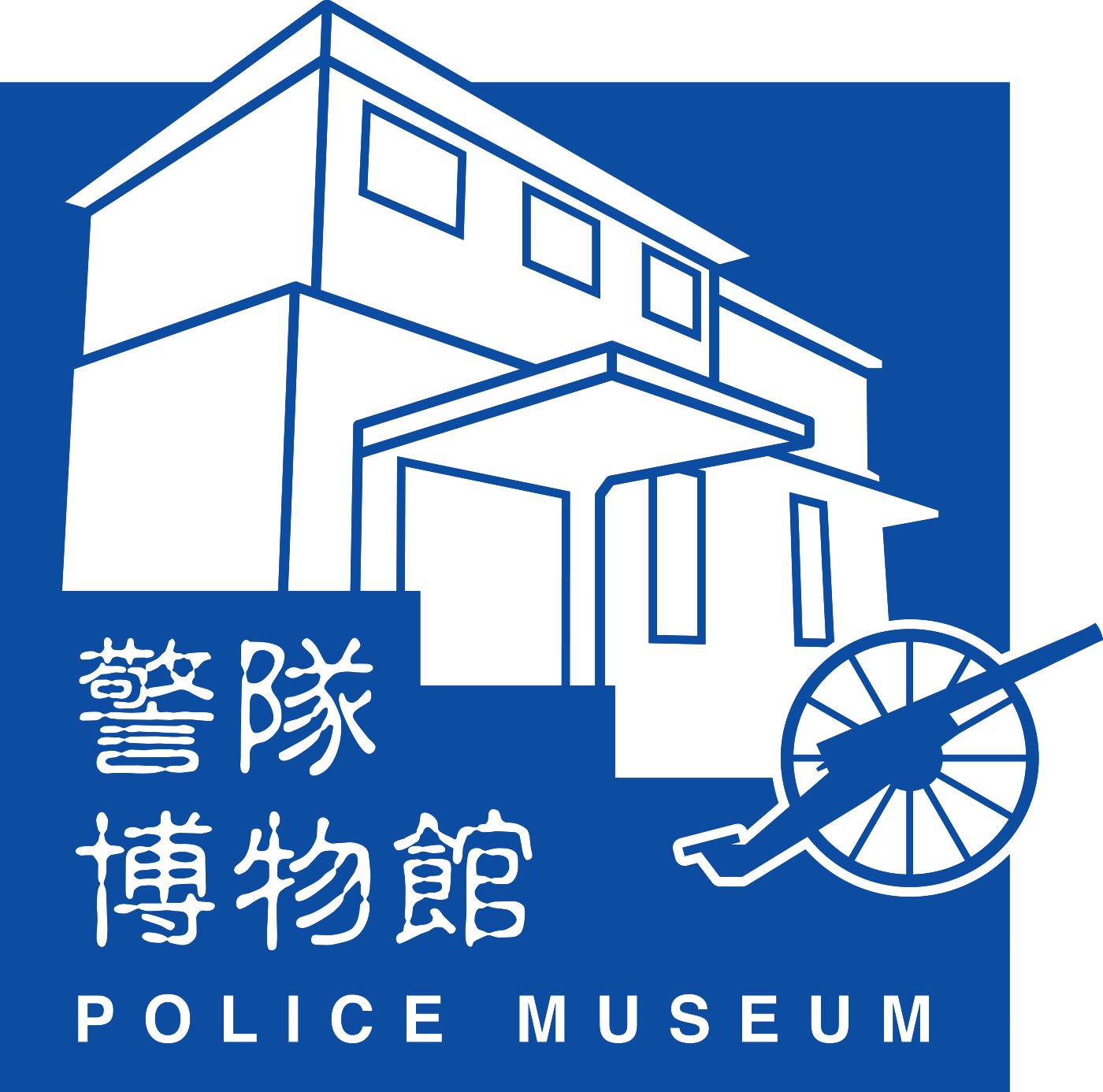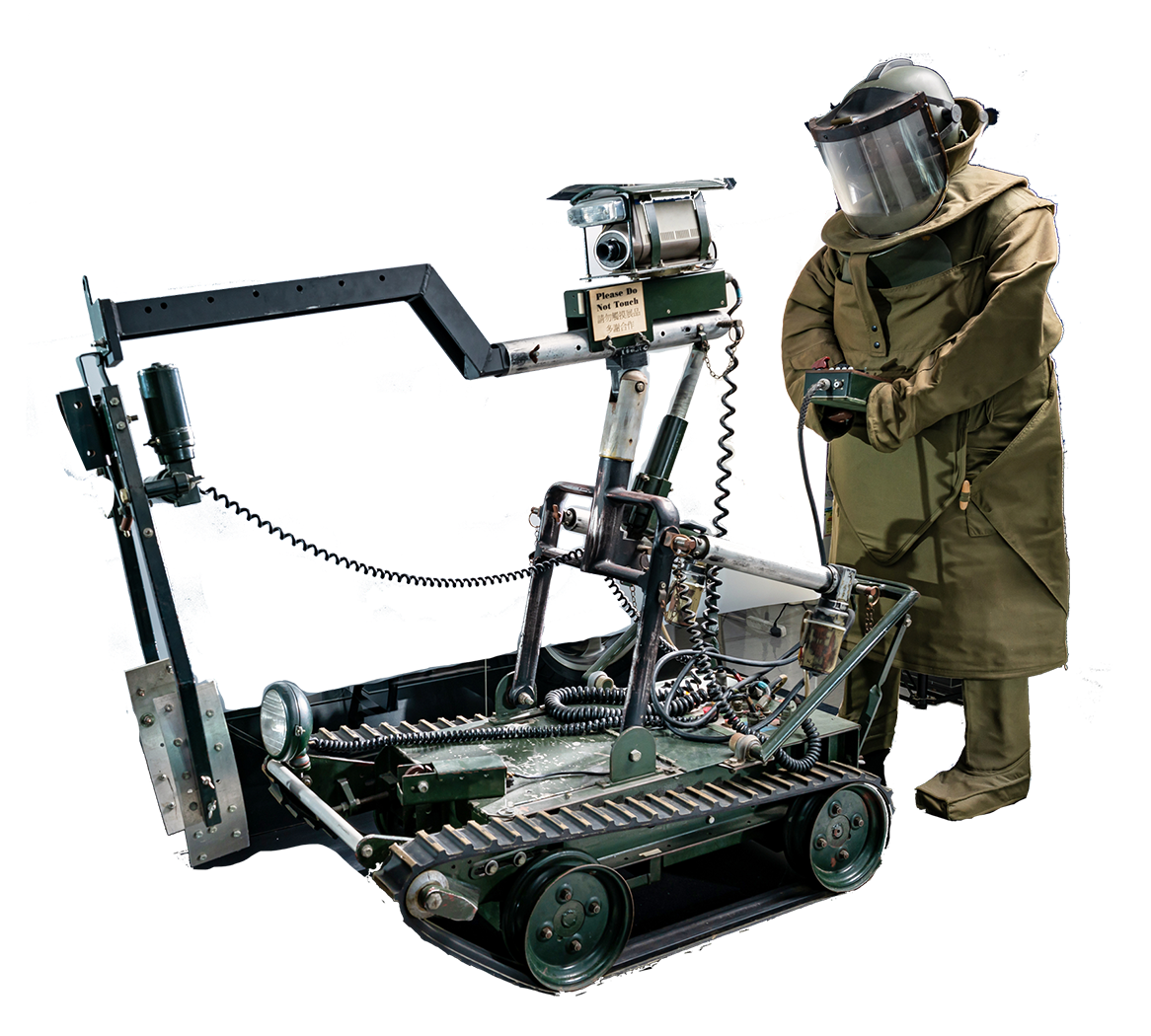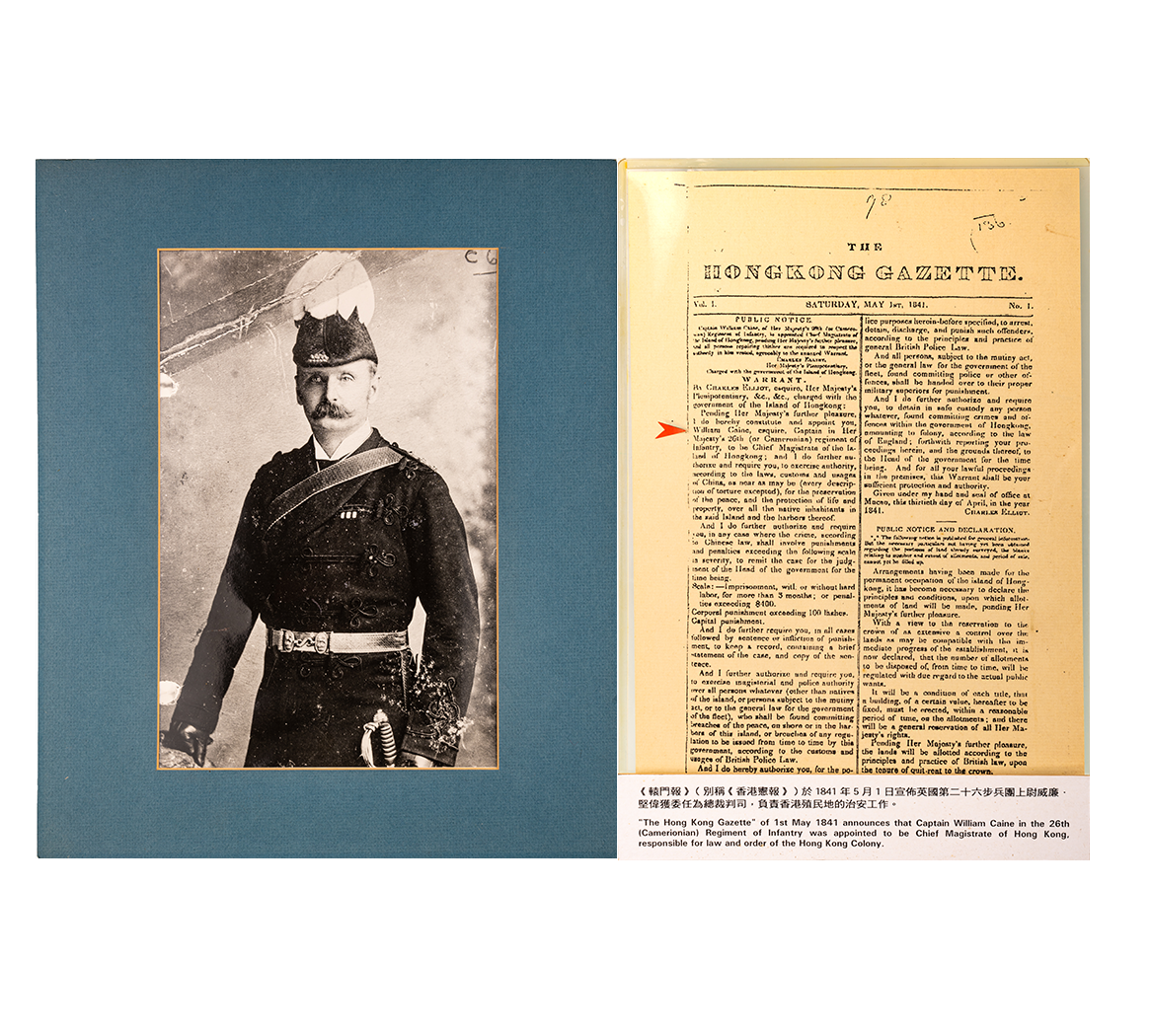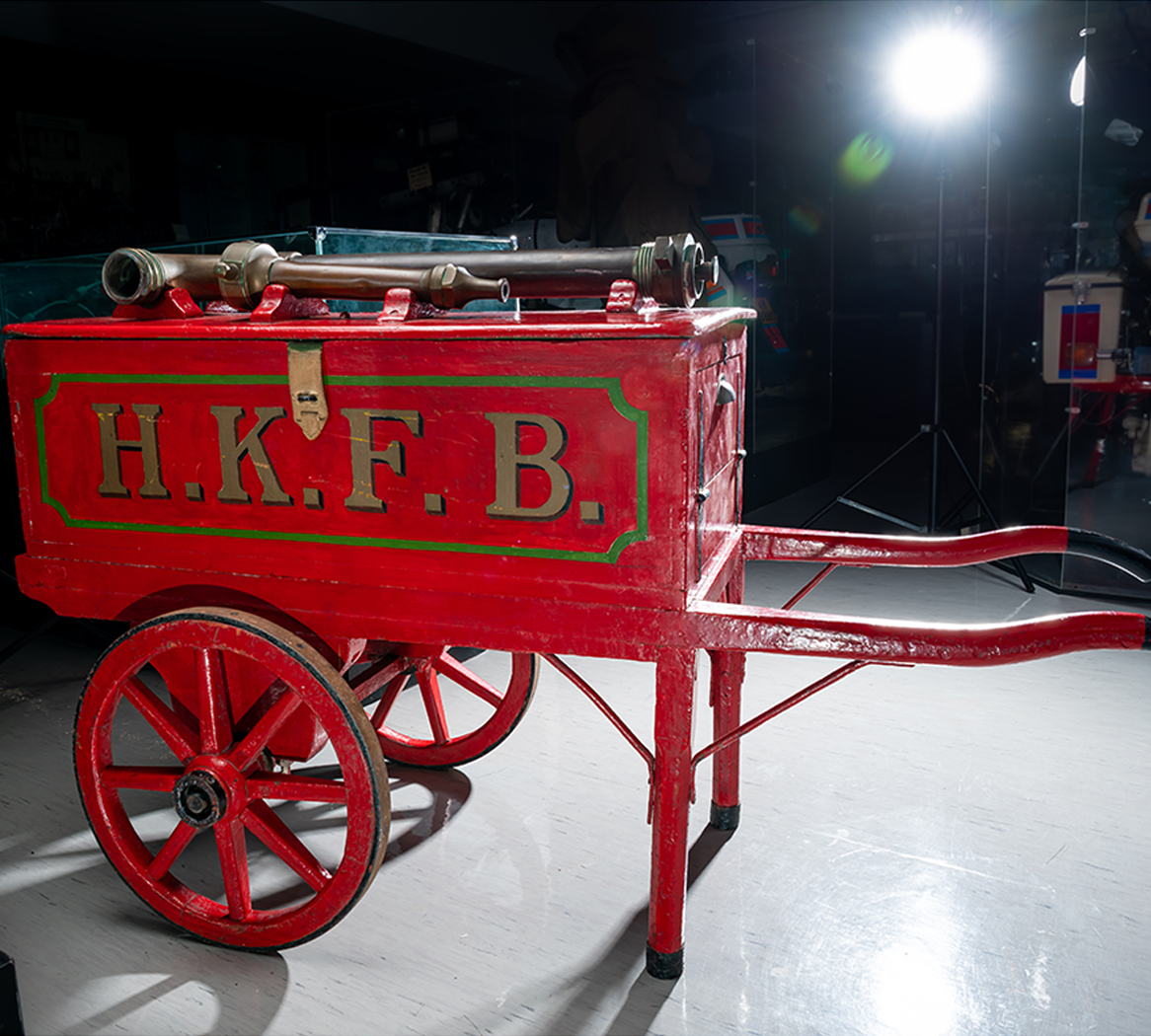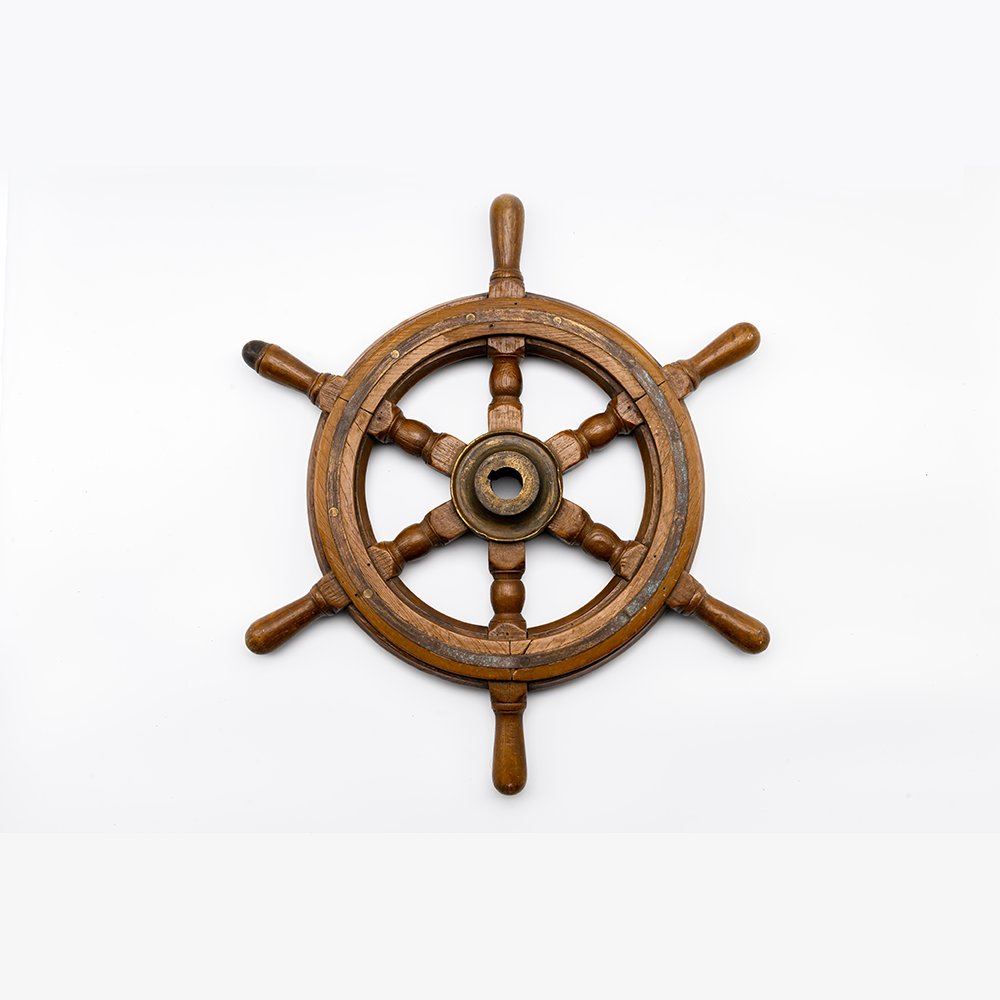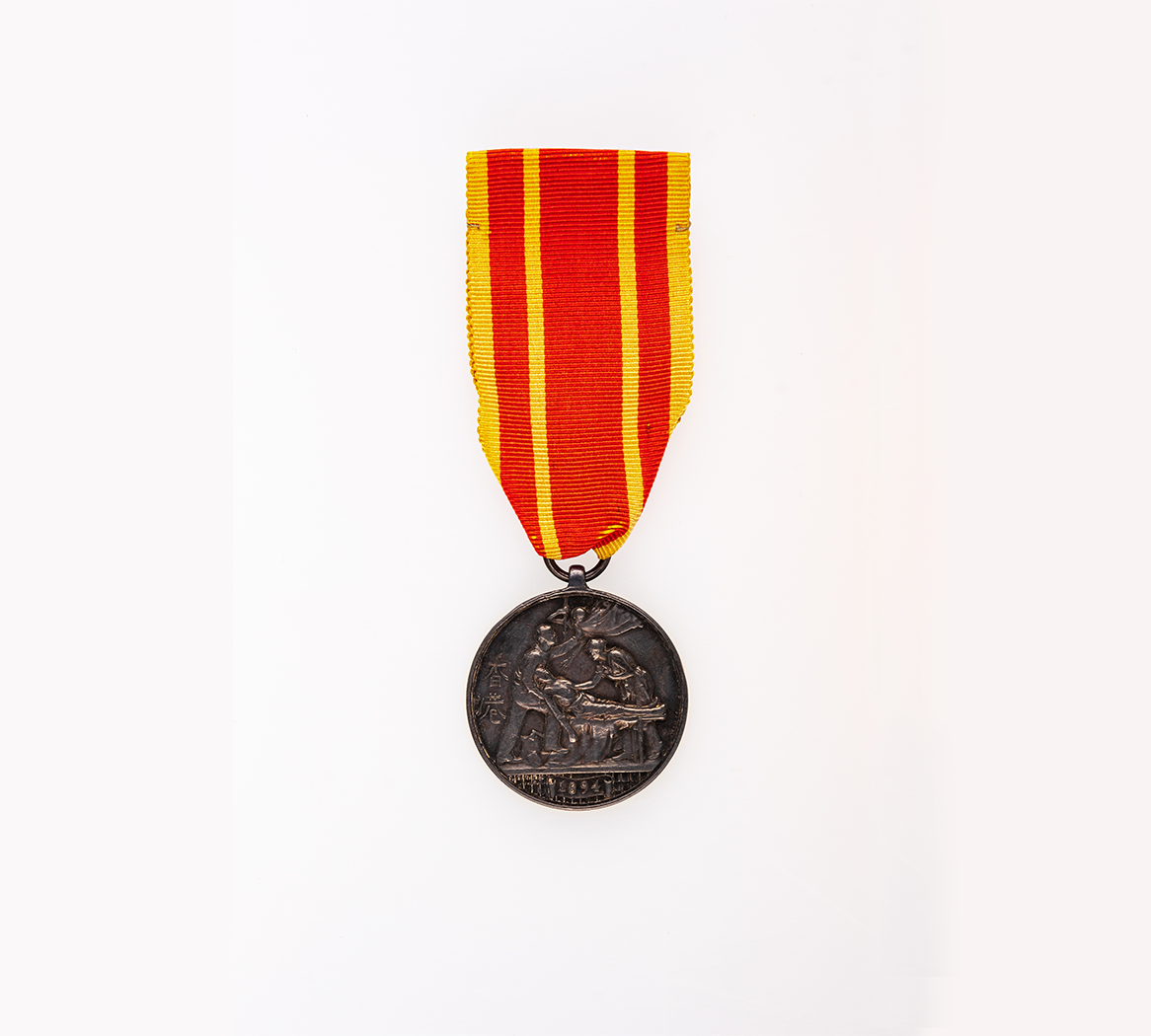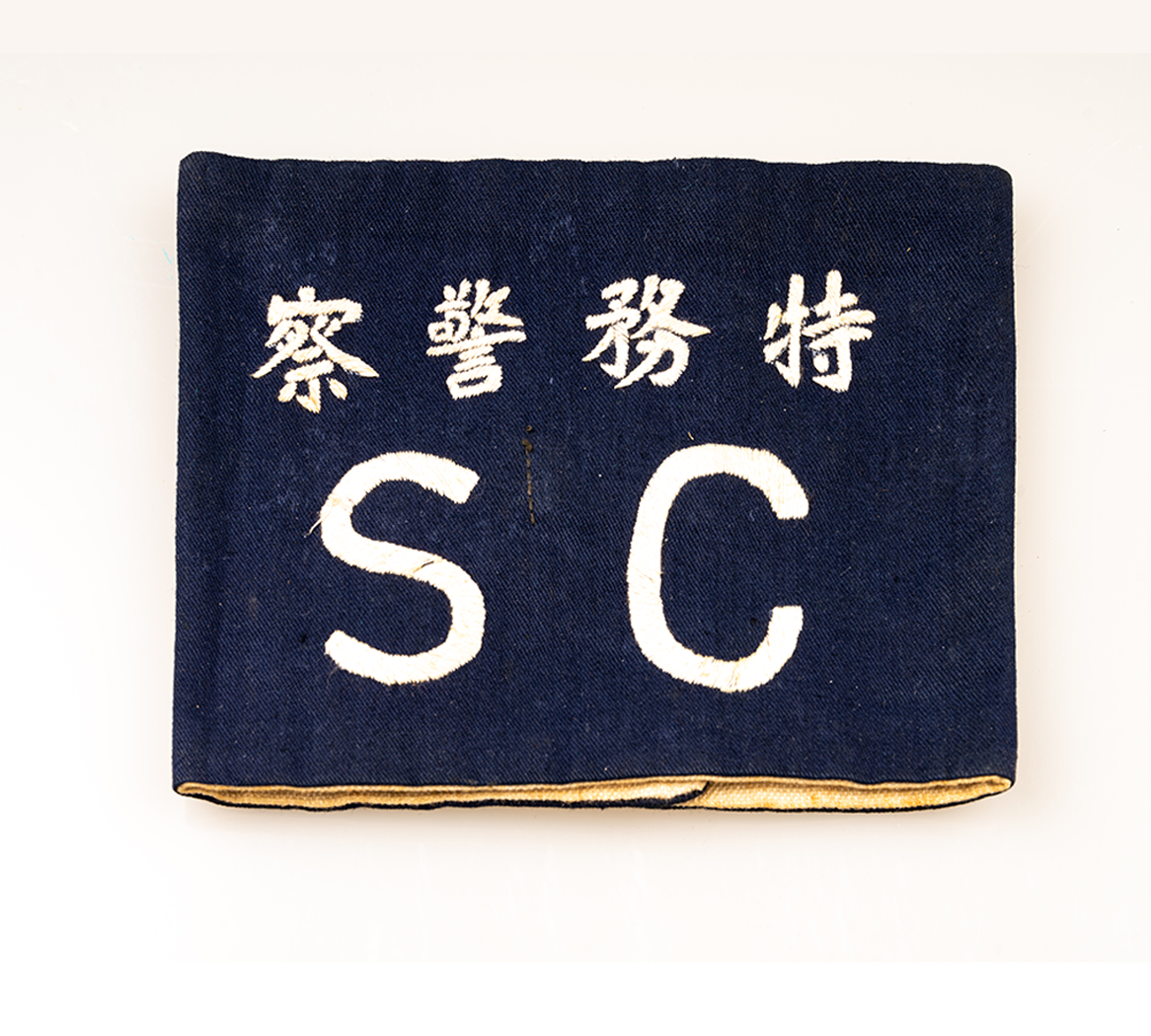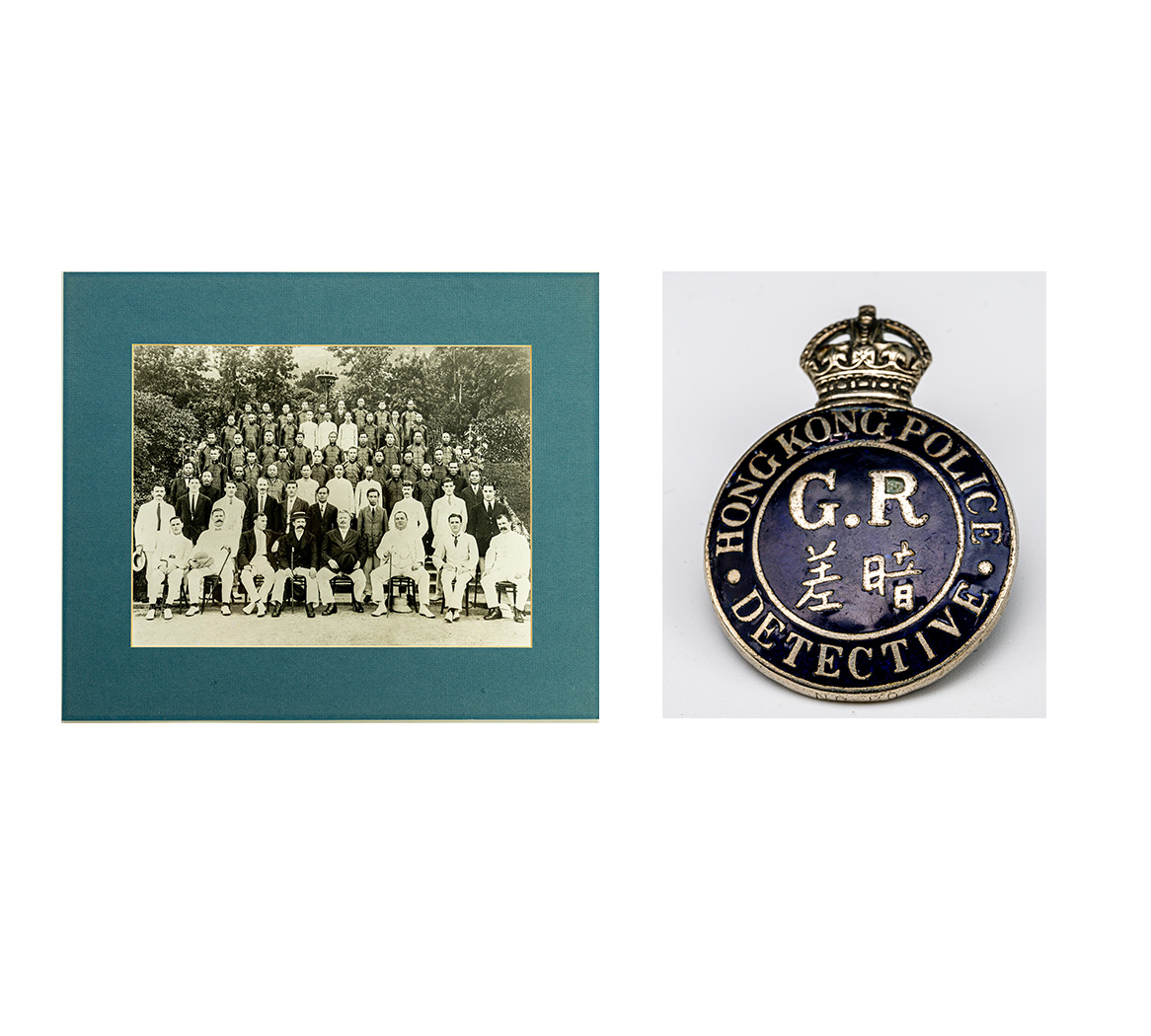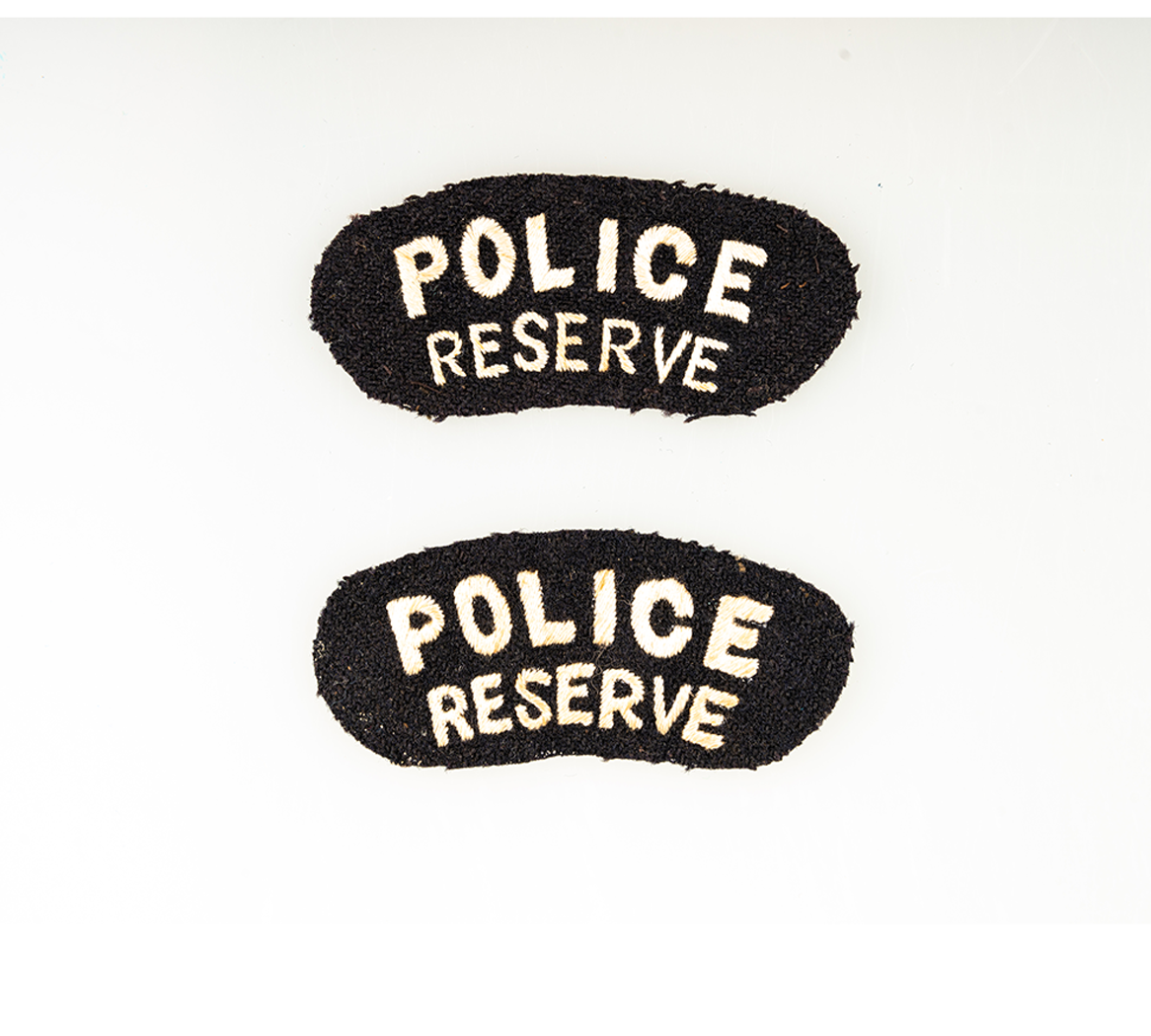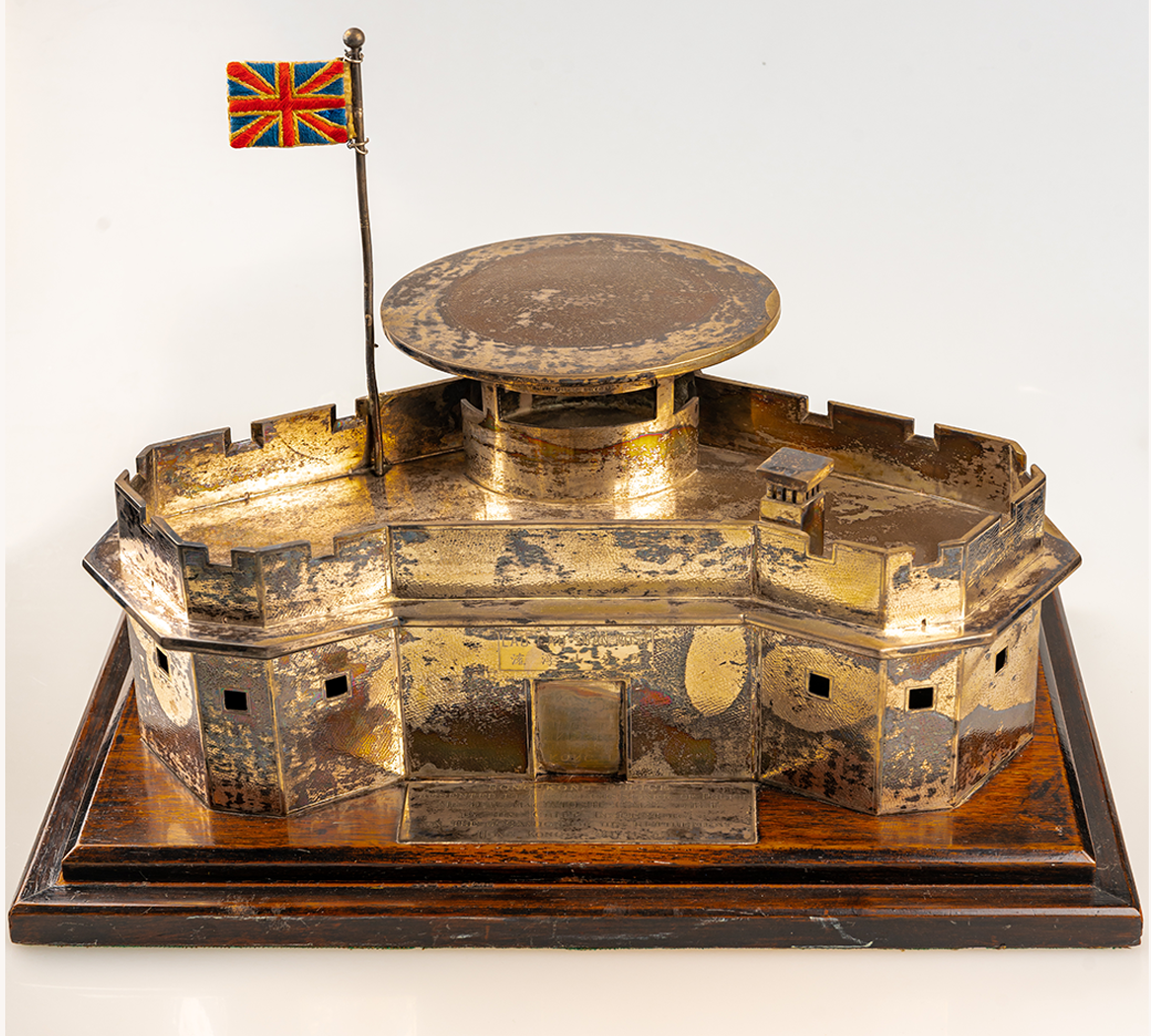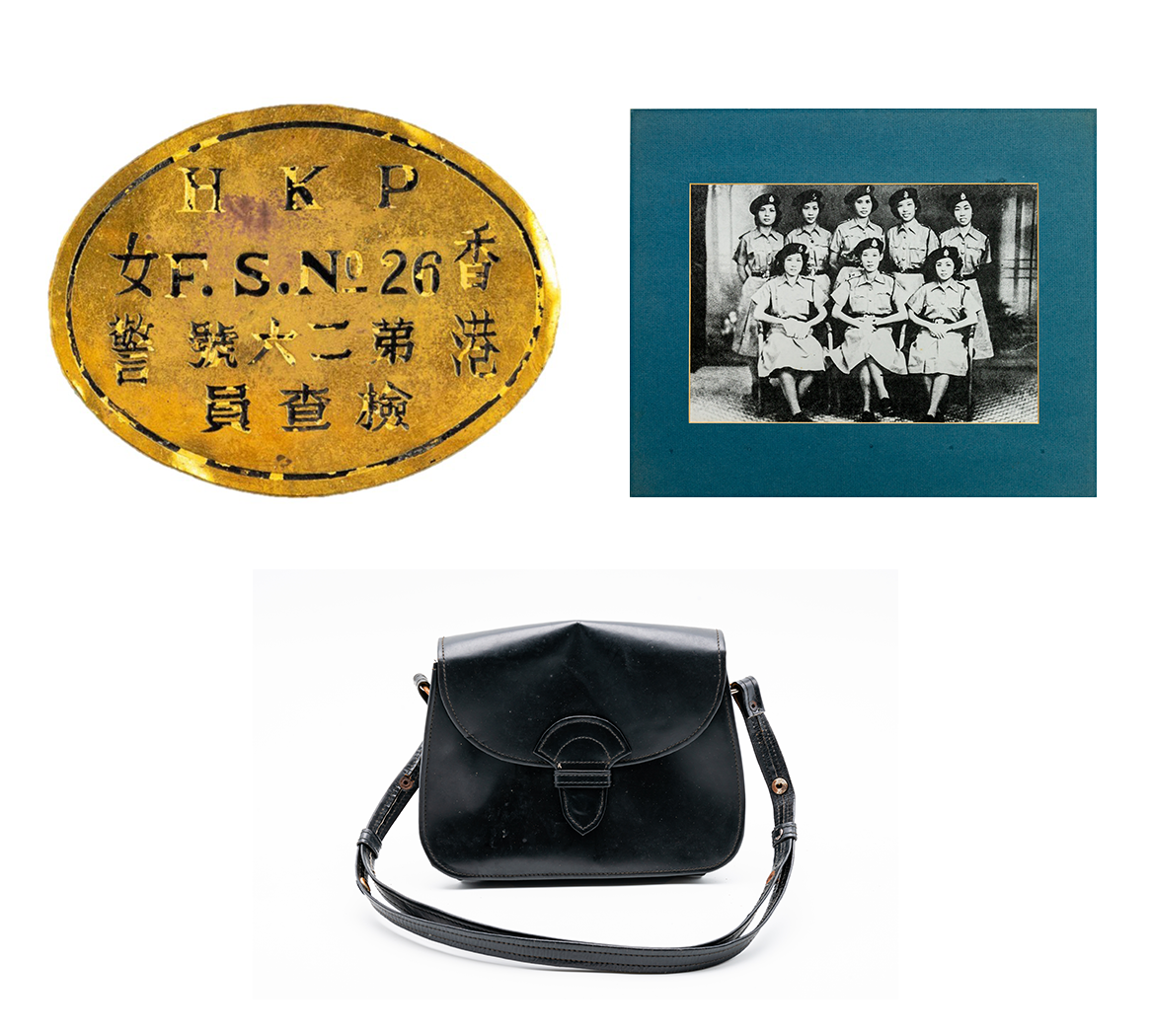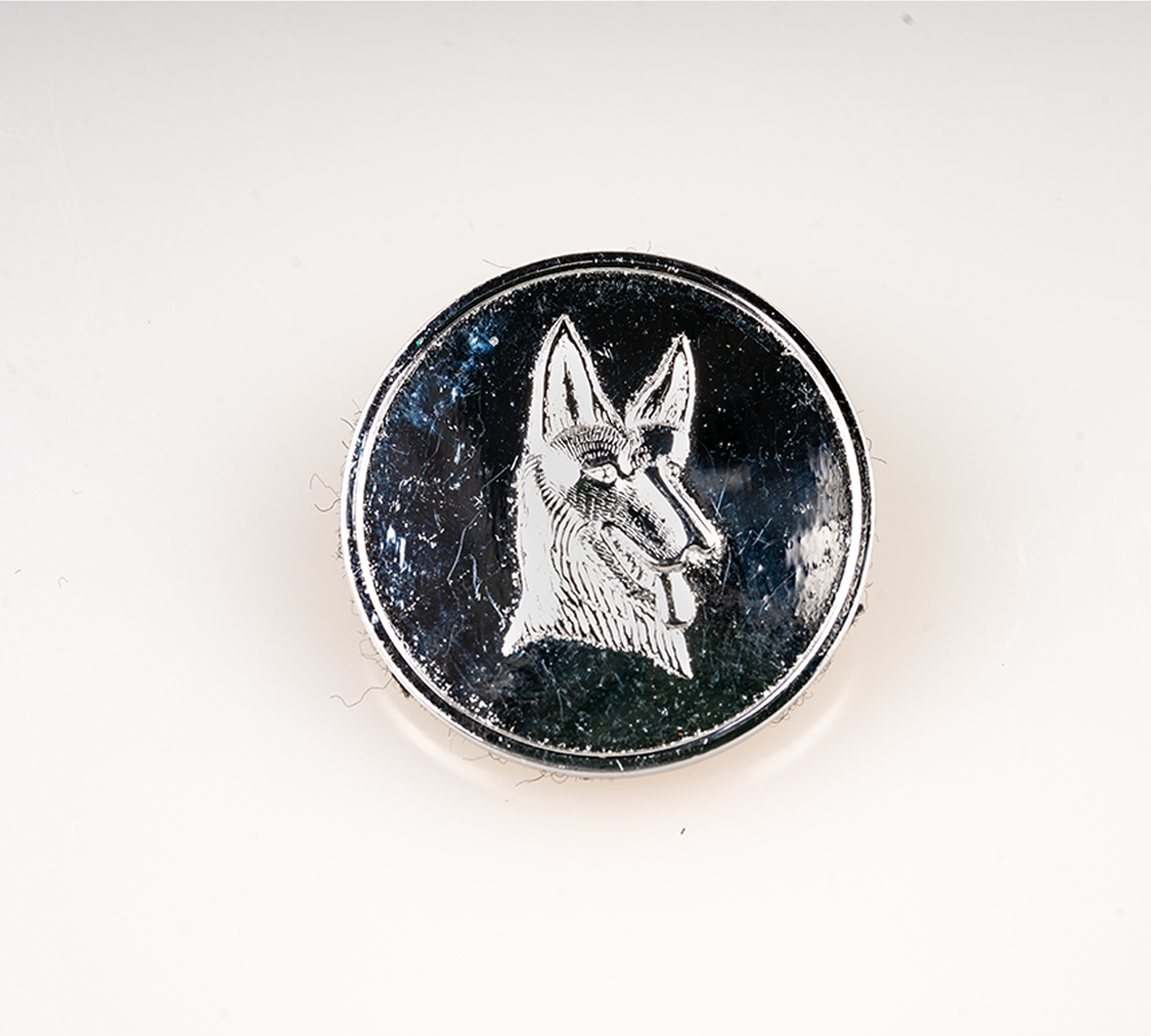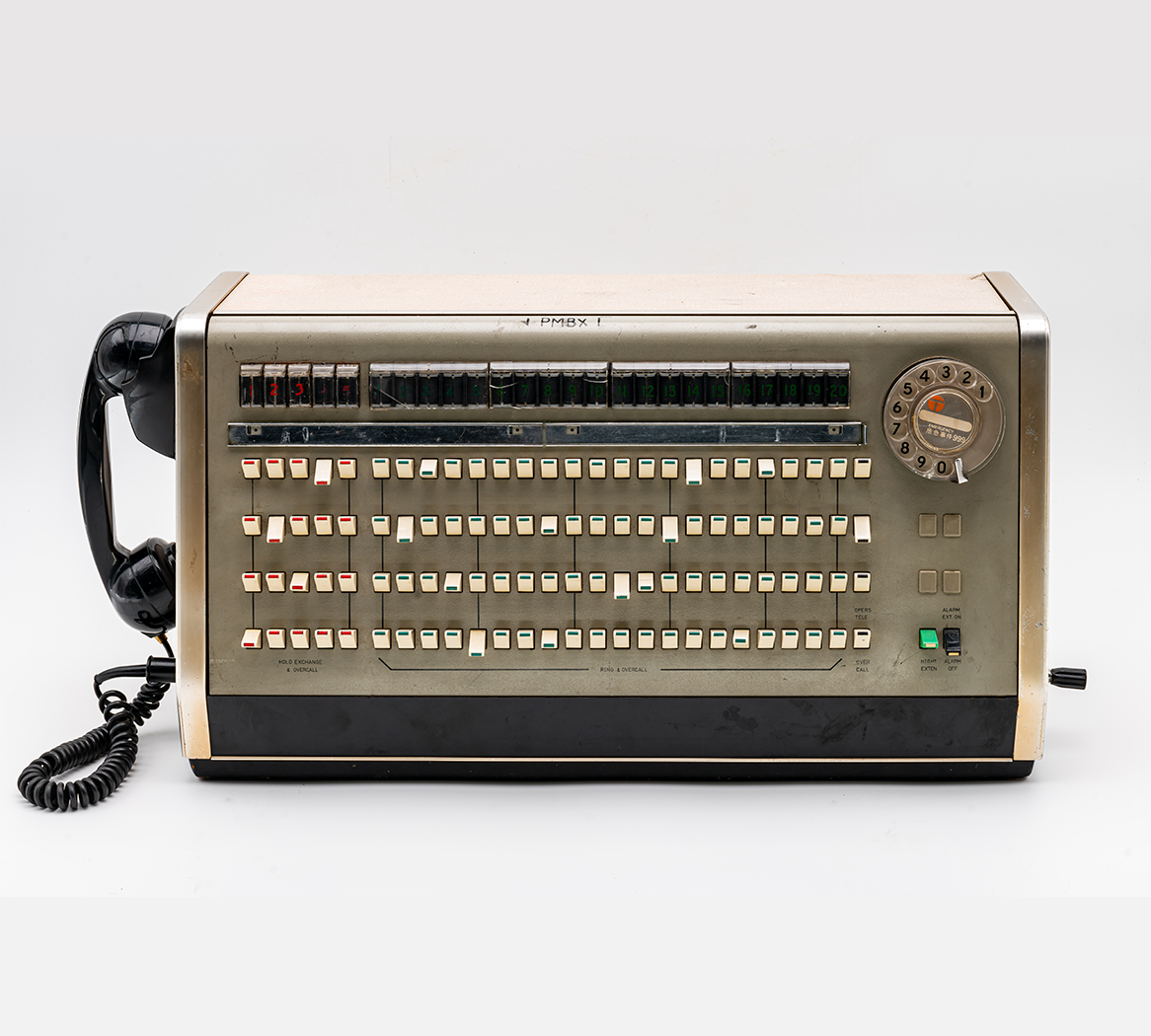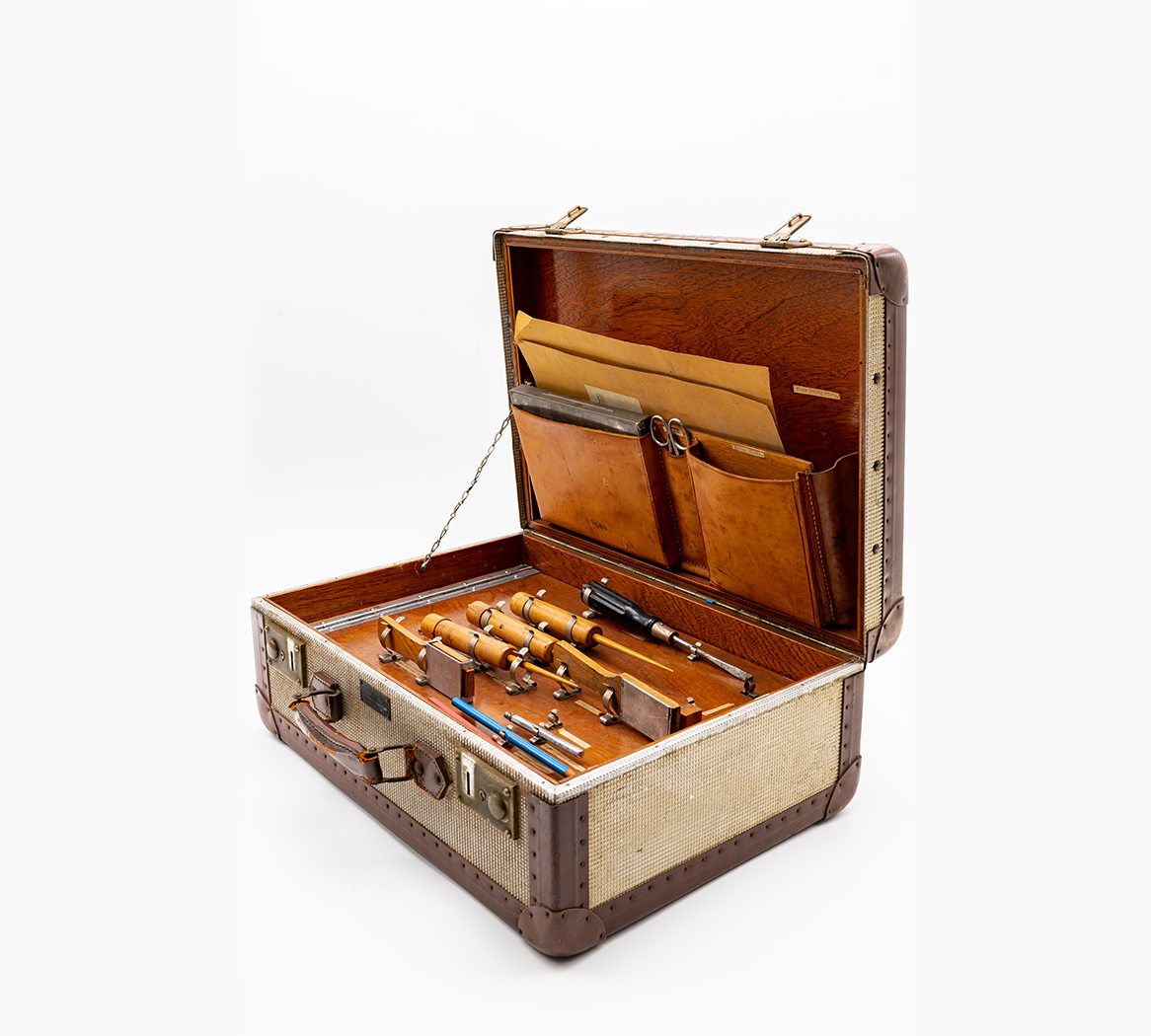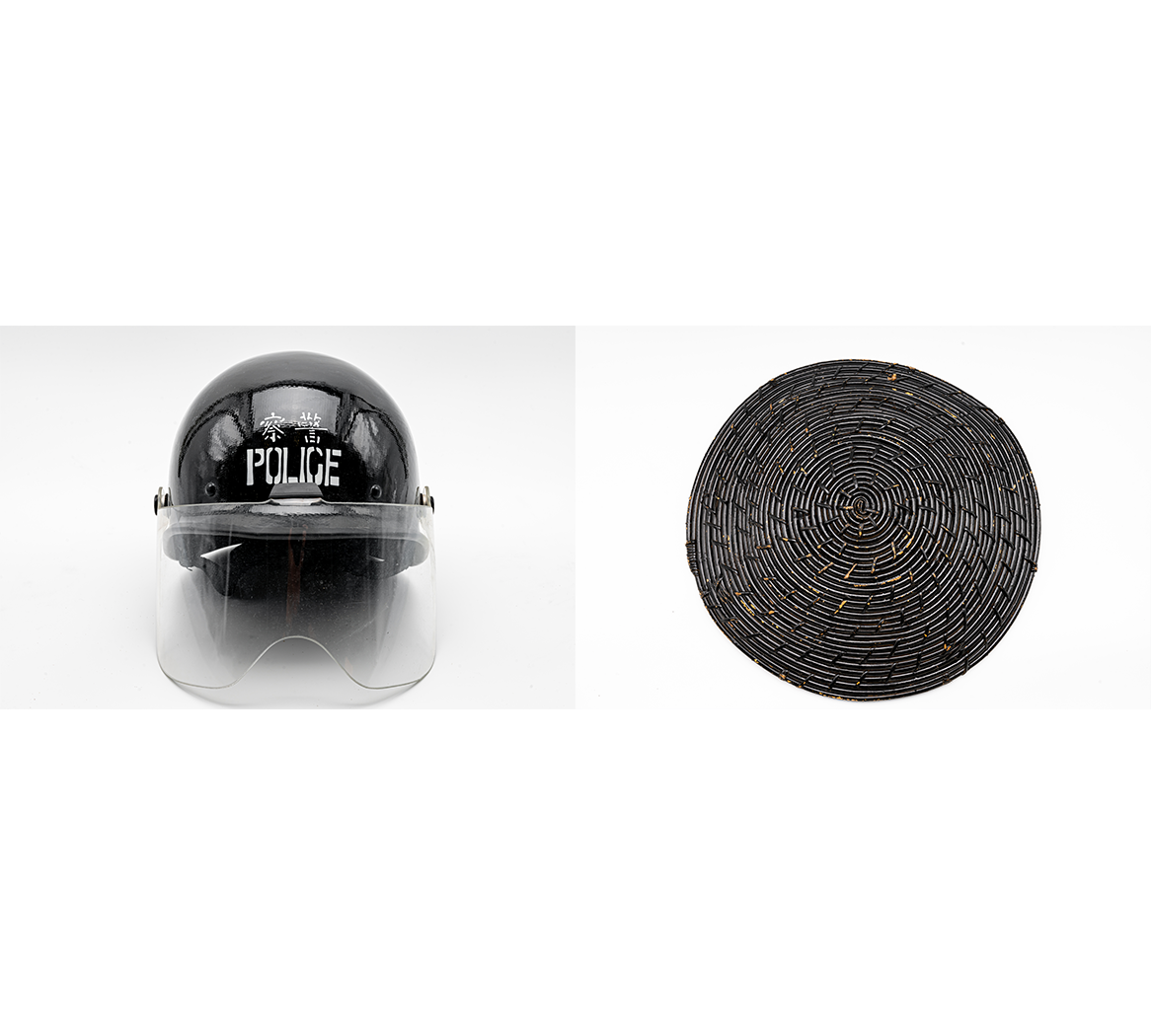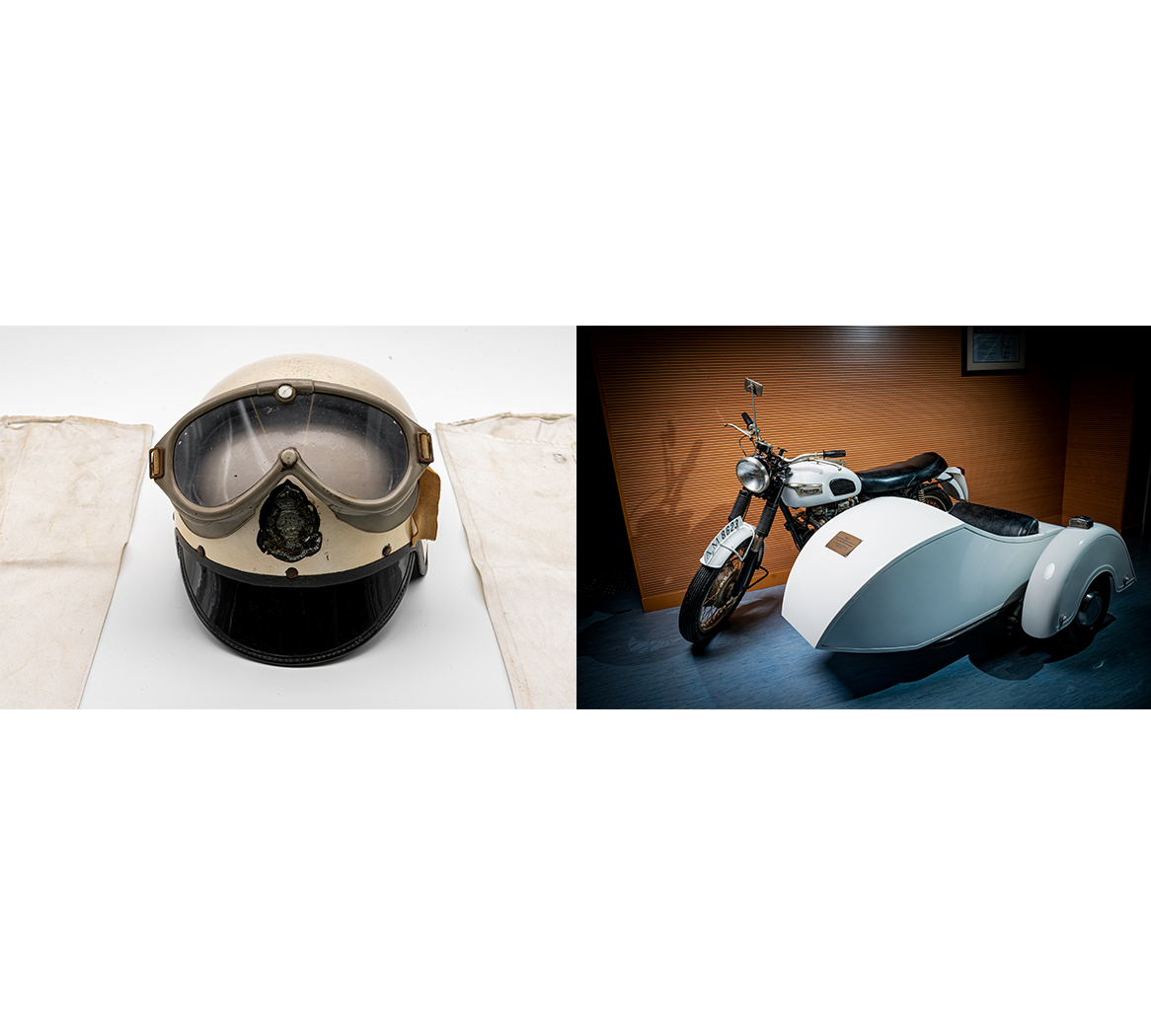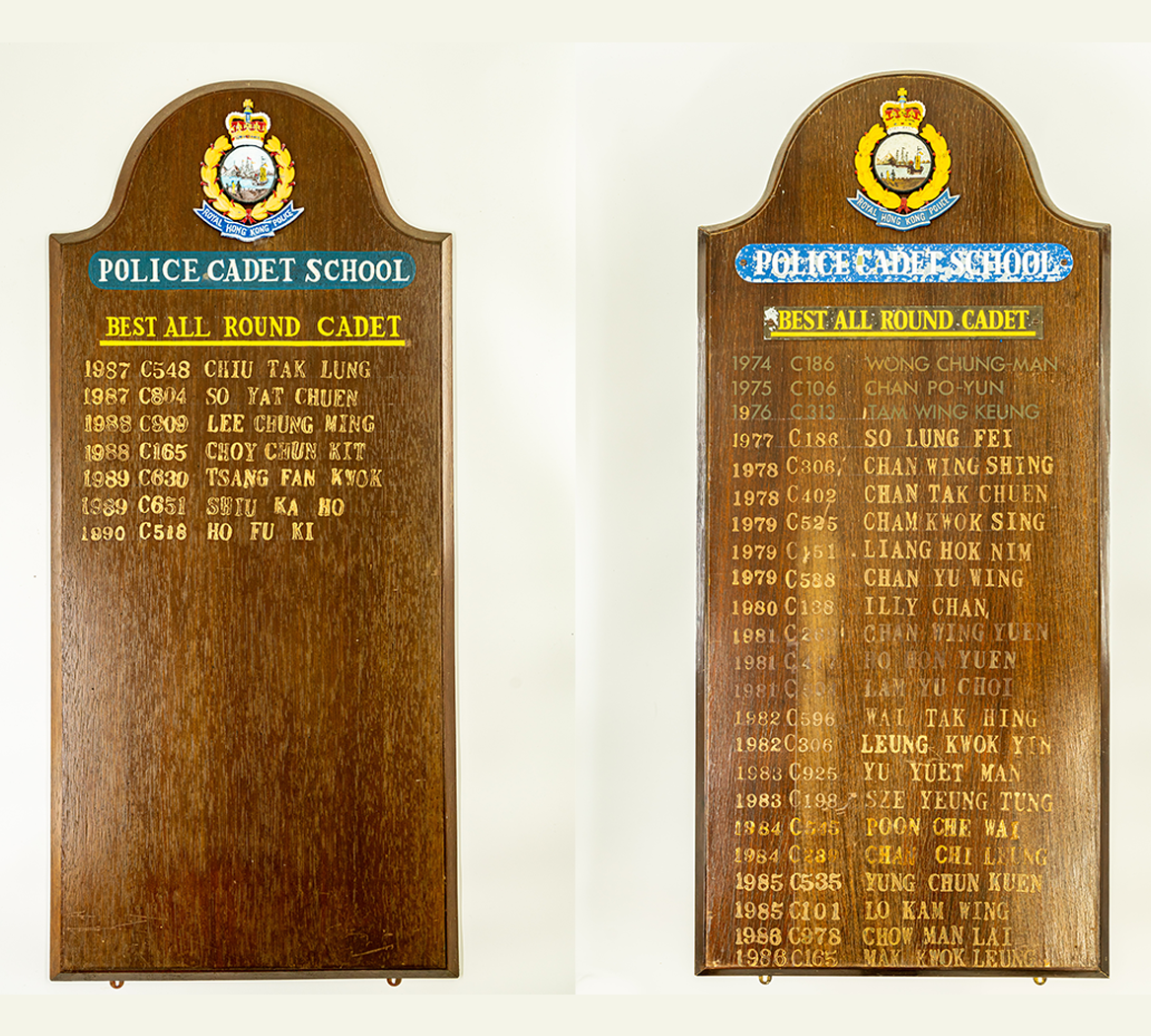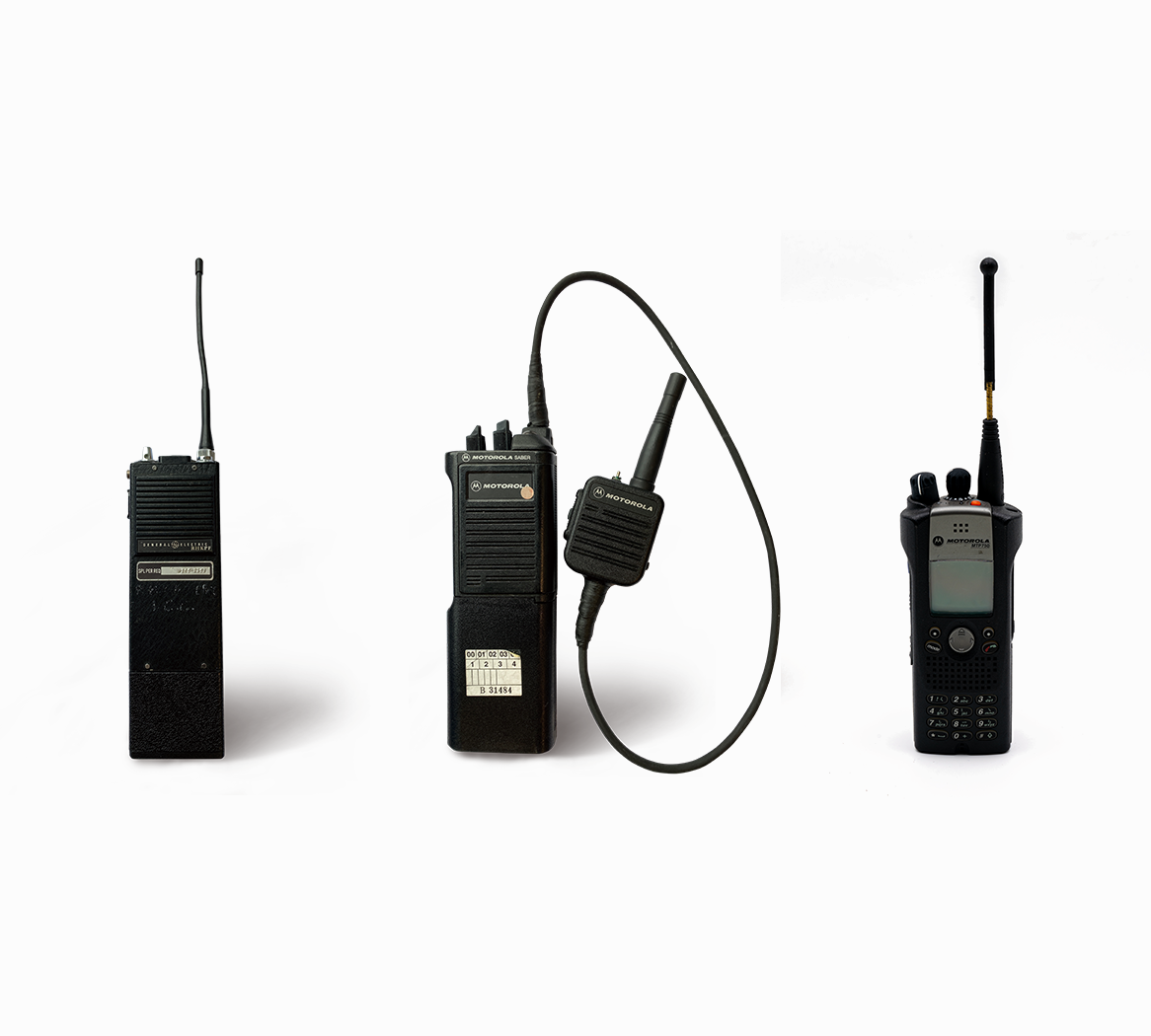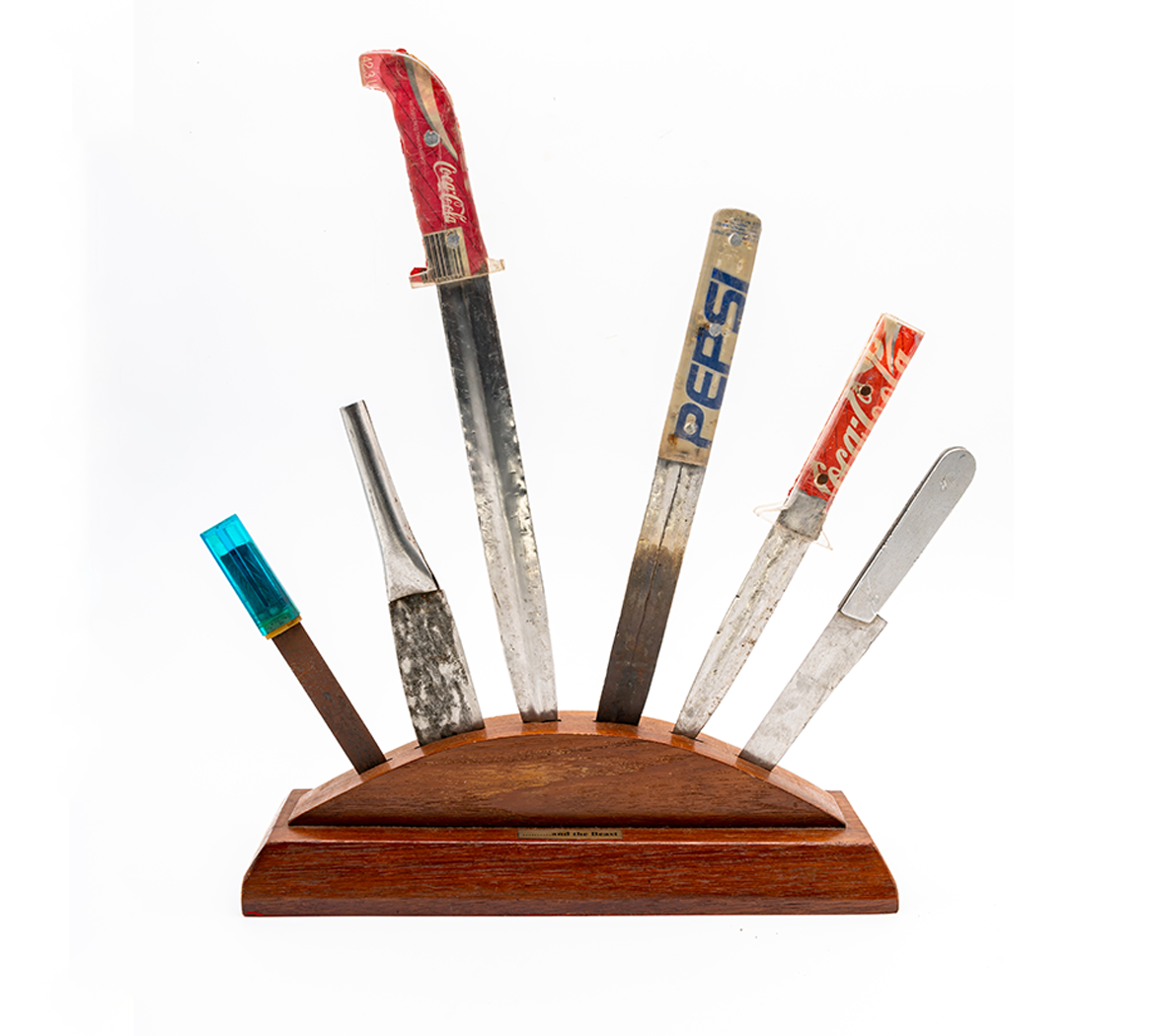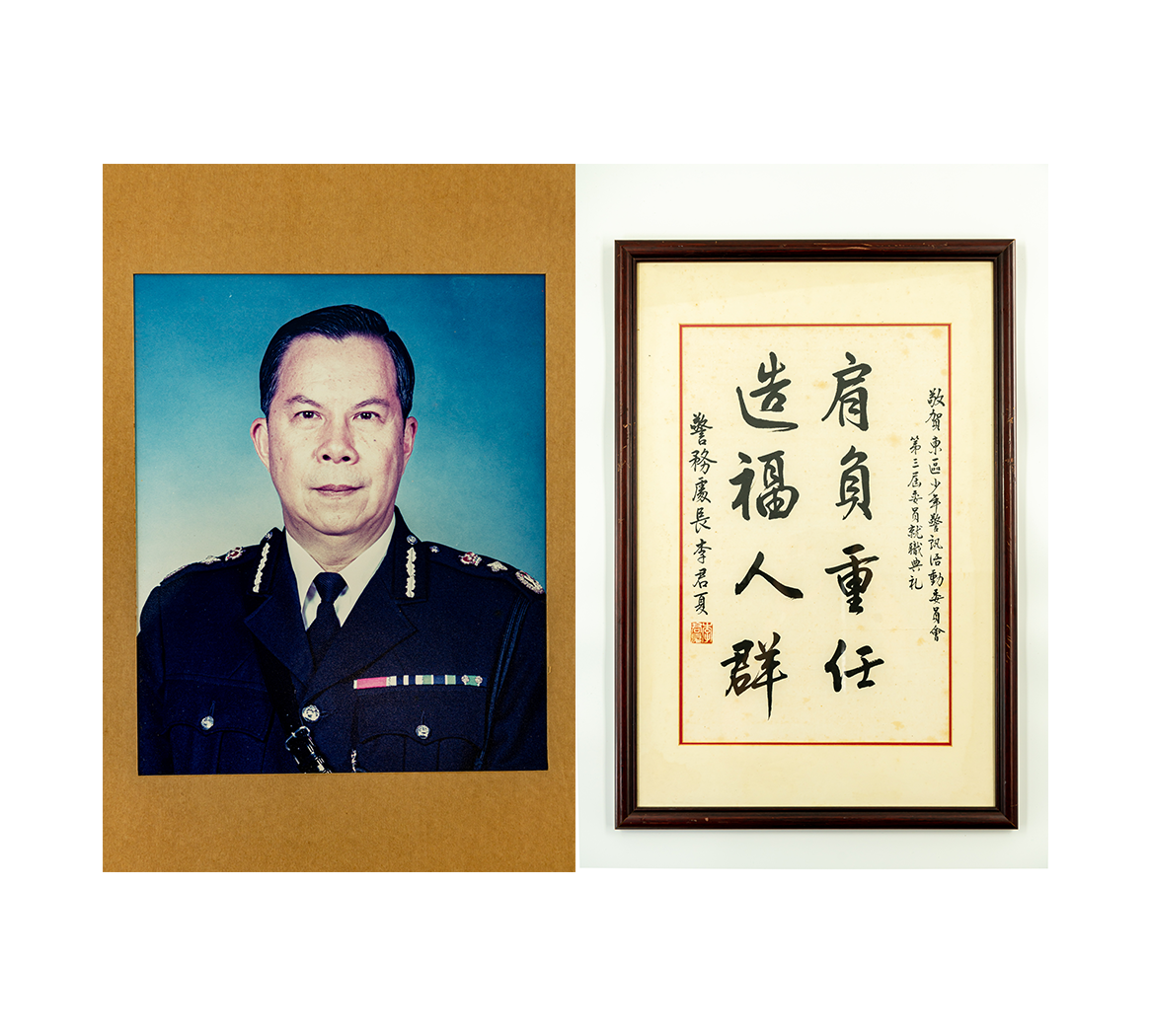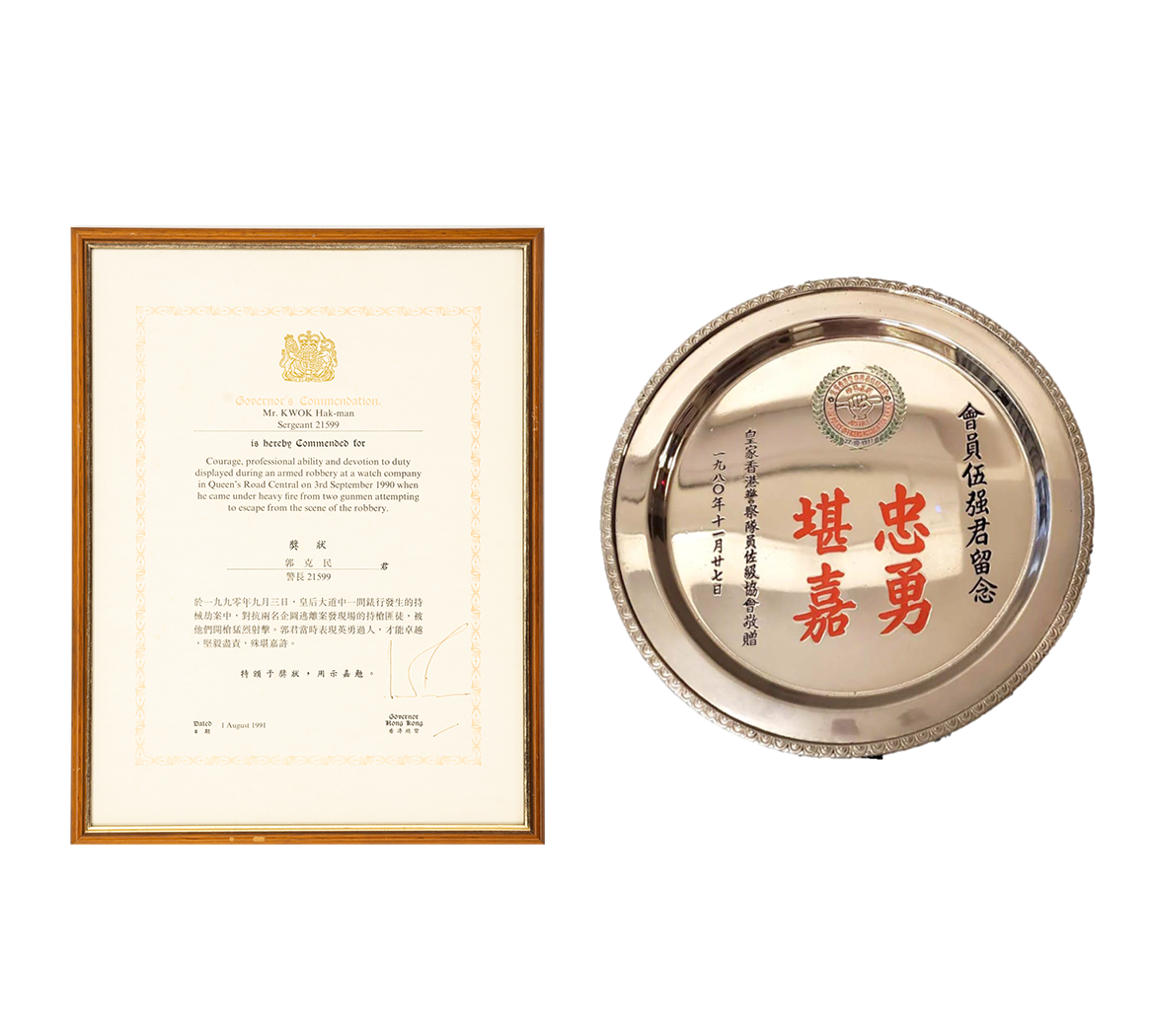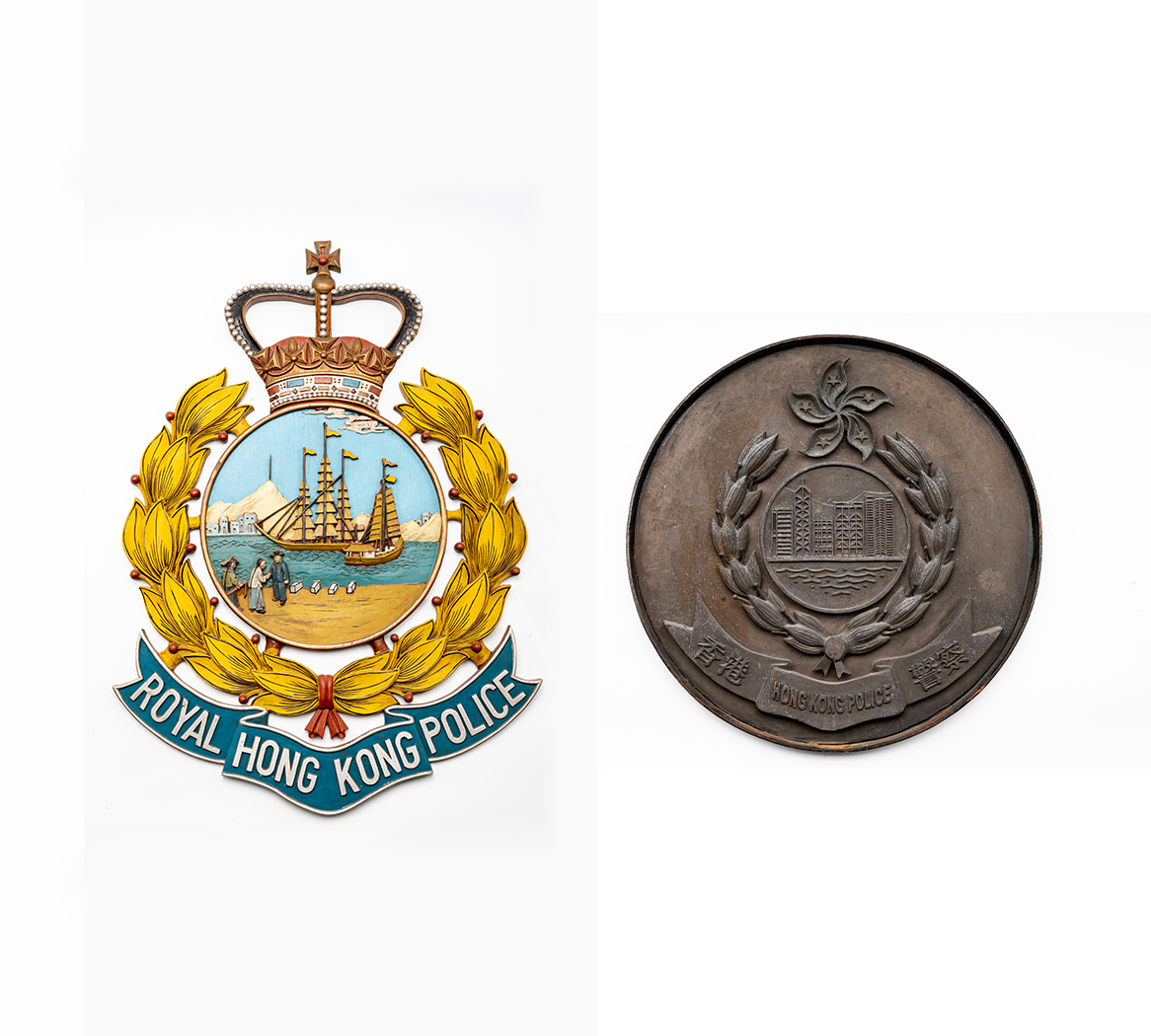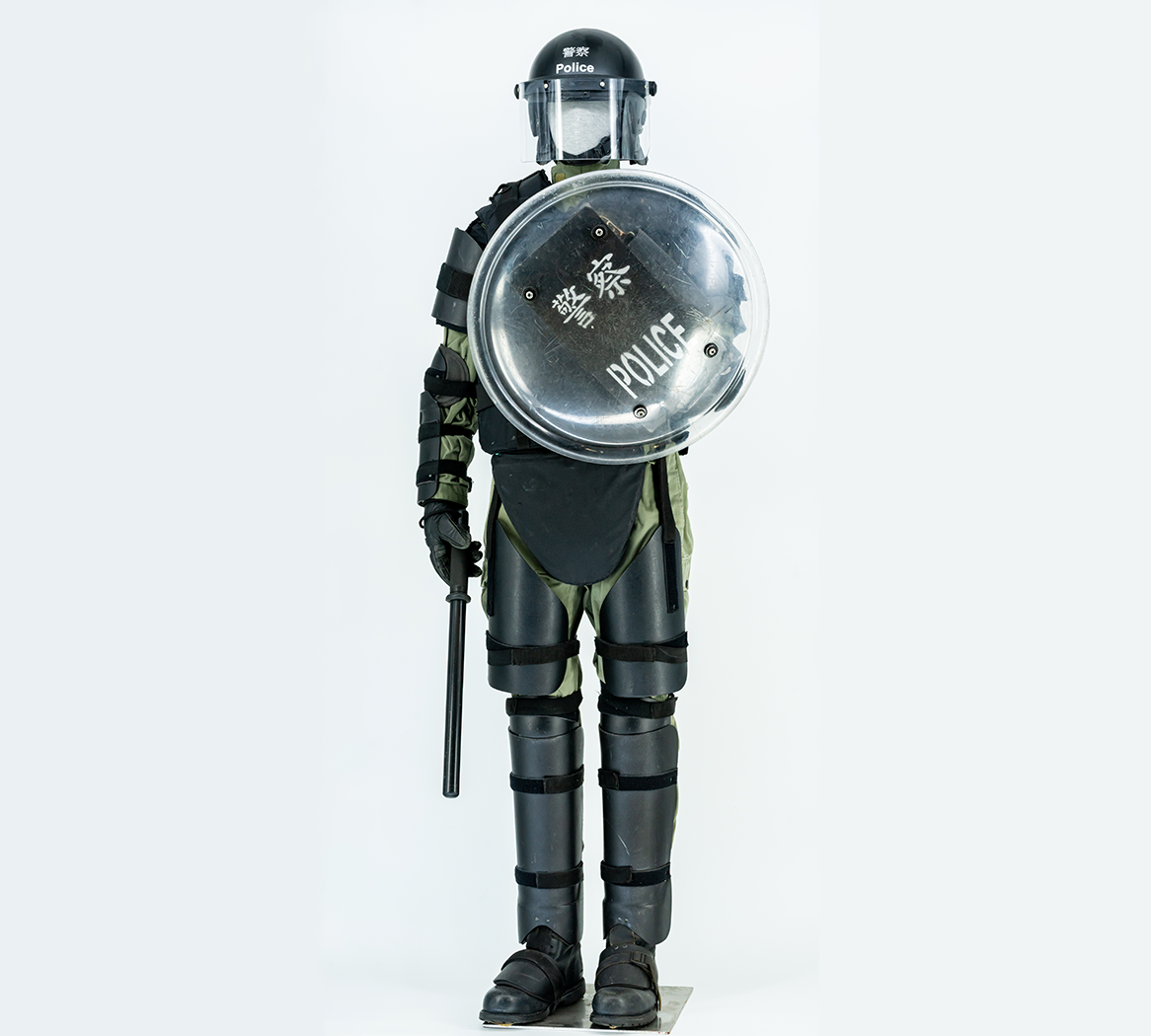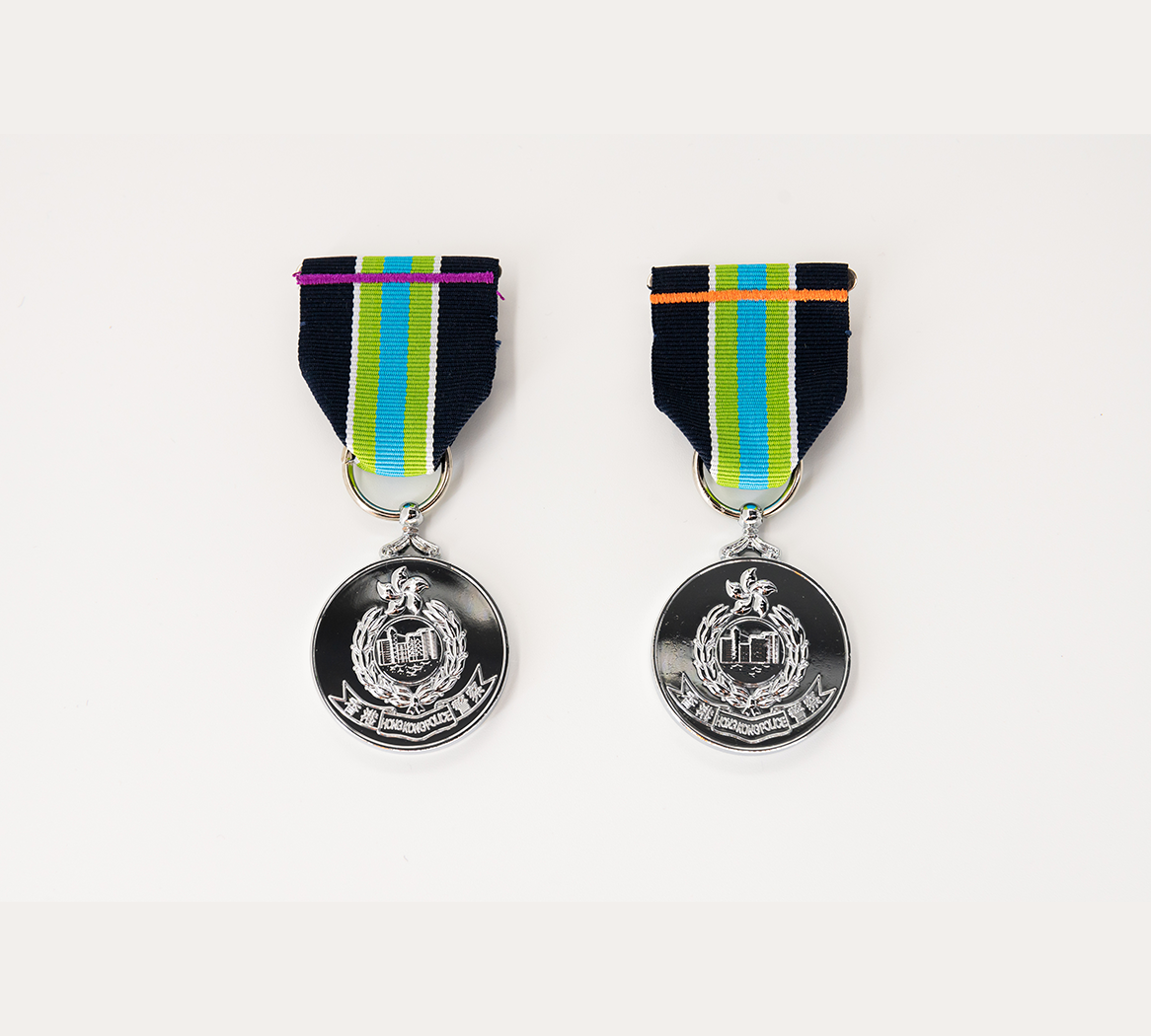Description
Bombs detonated during the many riots in Hong Kong before the 1970s caused deaths and injuries. Understanding the importance of establishing a bomb disposal unit, the Explosive Ordnance Disposal (EOD) Bureau was set up by an expert from the British Army in 1972. The Bureau was taken over fully by Hong Kong police officers in 1993. From time to time, its members have been given emergency assignments to dispose of devices of unknown origin or bombs left behind during wartime.
When the EOD is given an emergency assignment, they deploy not only their highly trained bomb disposal experts but also their partner—the bomb disposal vehicle. On display are a bomb disposal vehicle and a bomb suit from the 1970s. The model number of this old bomb disposal vehicle is Wheelbarrow Mark 7. It was developed by the British Army in collaboration with a company in Britain. The main function of the vehicle was to pick up the suspected explosives with a mechanical arm and move them to a suitable location for detonation or other disposal. It was operated manually by remote control, which was connected to the vehicle by a cable that could be extended for up to 100 metres, allowing the operator to observe the explosives and the environment through the camera on the vehicle.
The old style bomb suit is thick and weighs about 100 pounds. It restricts the wearer’s mobility. Bomb disposal officers normally did not wear the suit when operating the bomb disposal vehicle. It was not worn until the vehicle had completed its task. Wearing the suit, the officers approached the explosives for further processing. Bomb suits of older generations were made mainly of Kevlar, alloy and fibre-reinforced plastic. They were only able to protect wearers from bomb fragments but not from the strong blast generated by an explosion. With technological advancement, new bomb suits have been developed. Since the first generation bomb suit was replaced in 1974, several generations of bomb suits have seen service. The suits now used by the EOD are made of porcelain that mitigates the impact of the blast. They are also equipped with control panels that regulate air flow and lighting systems which provide better protection for bomb disposal officers.
There are still unexploded bombs left over from World War II found in Hong Kong from time to time. For example, three 1,000-pound wartime bombs were found on a Shatin-to-Central MTR Link construction site in Wan Chai in 2018. These incidents show that EOD officers are often required to be on duty and to execute different dangerous missions.

